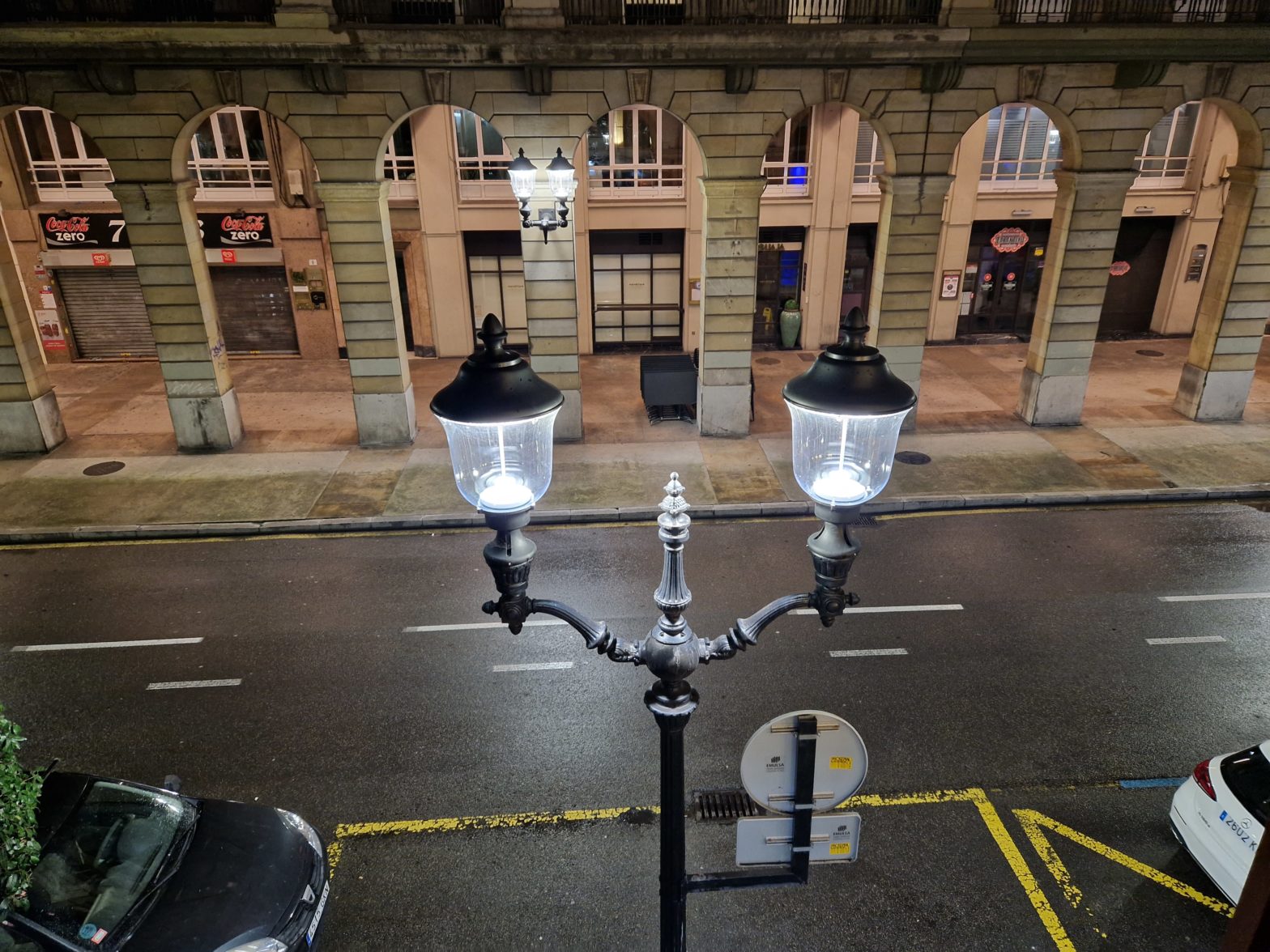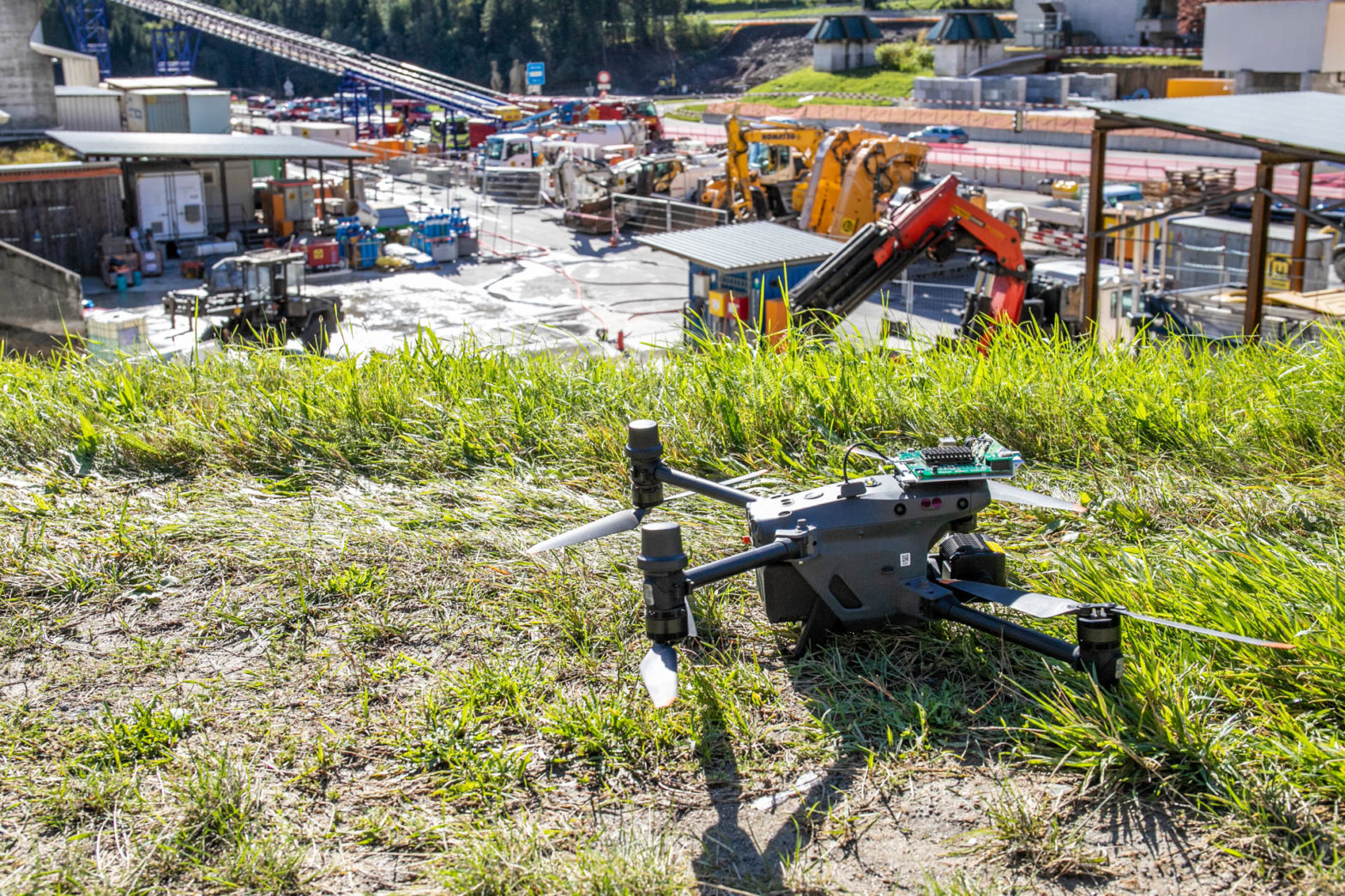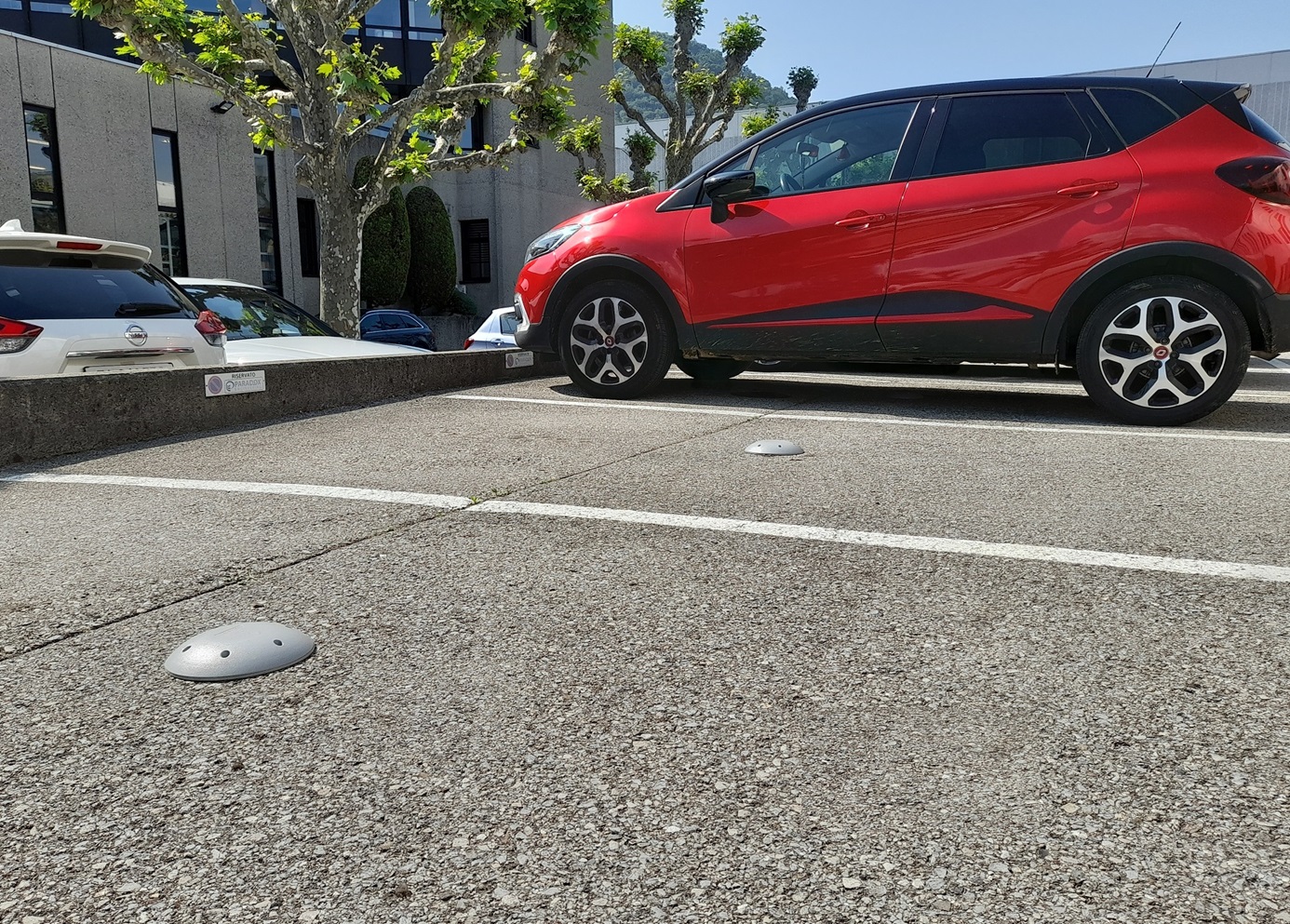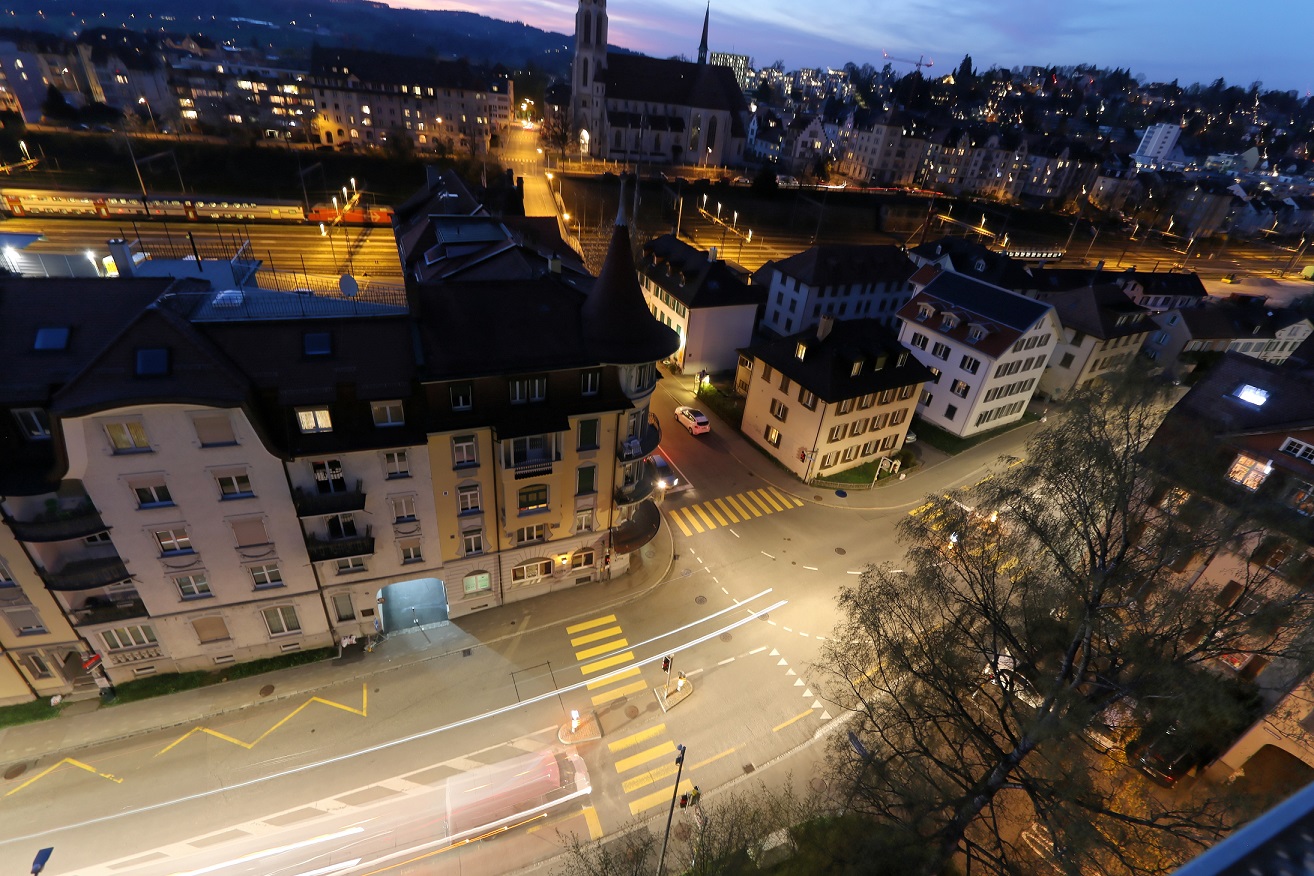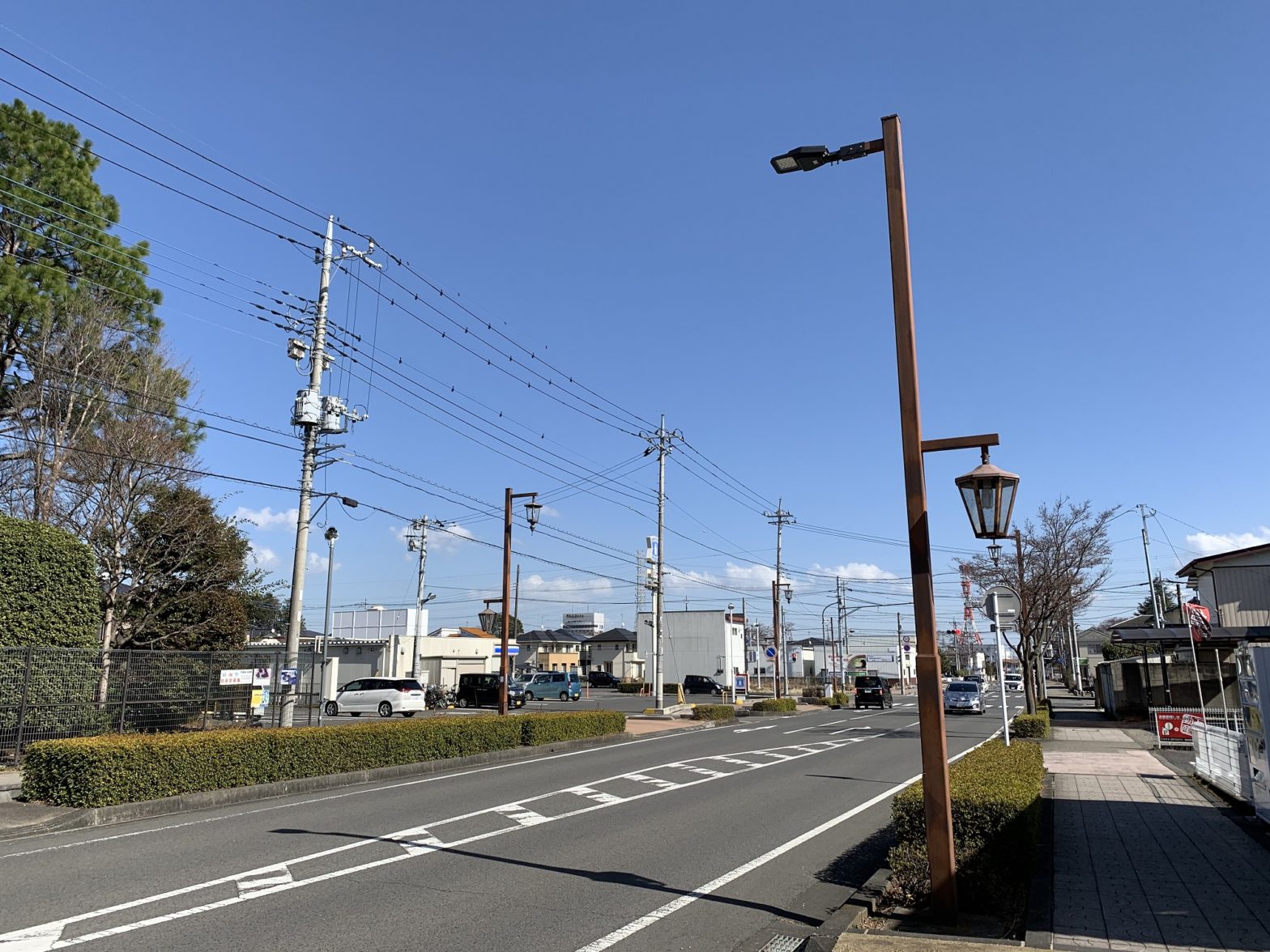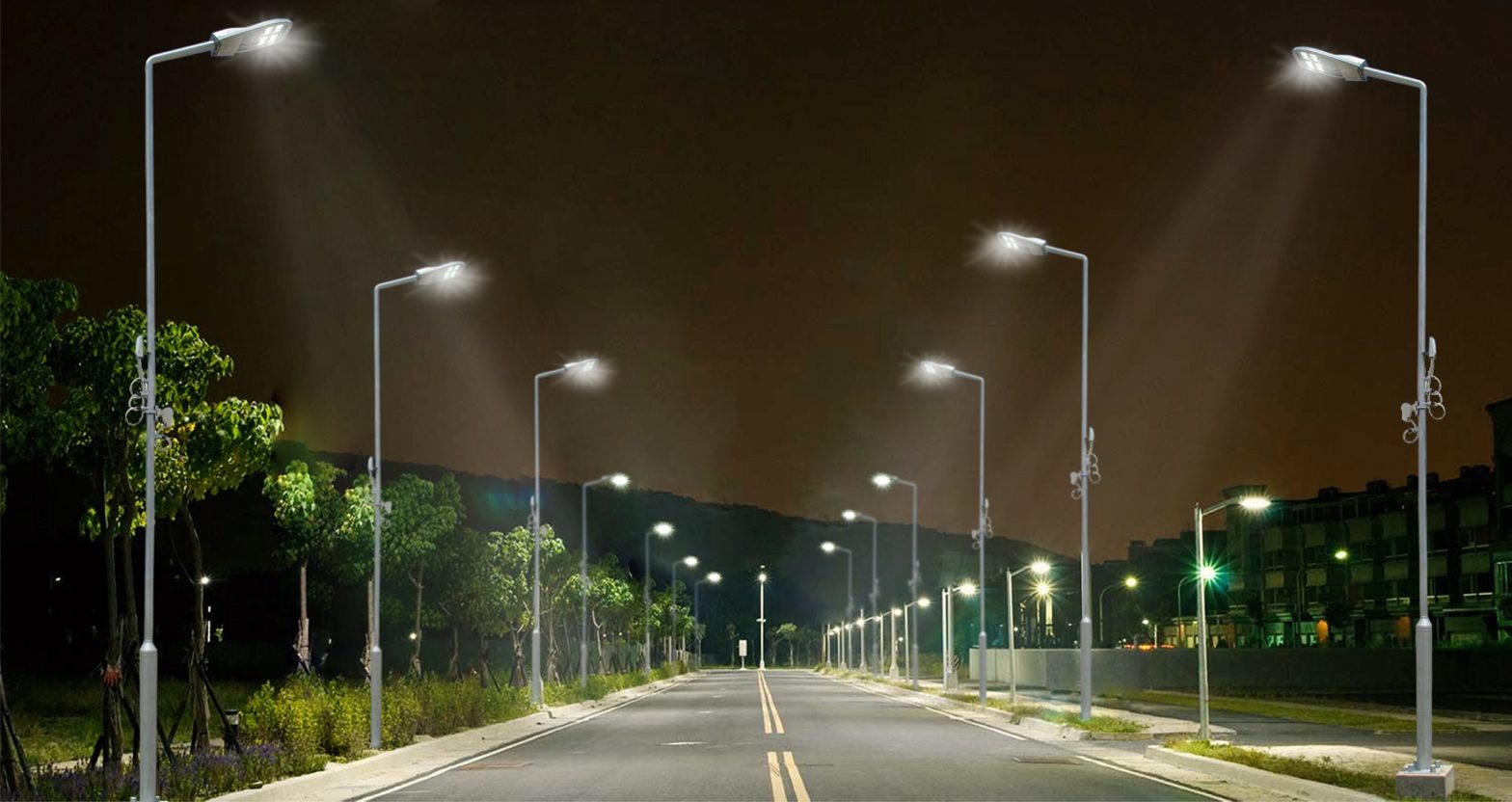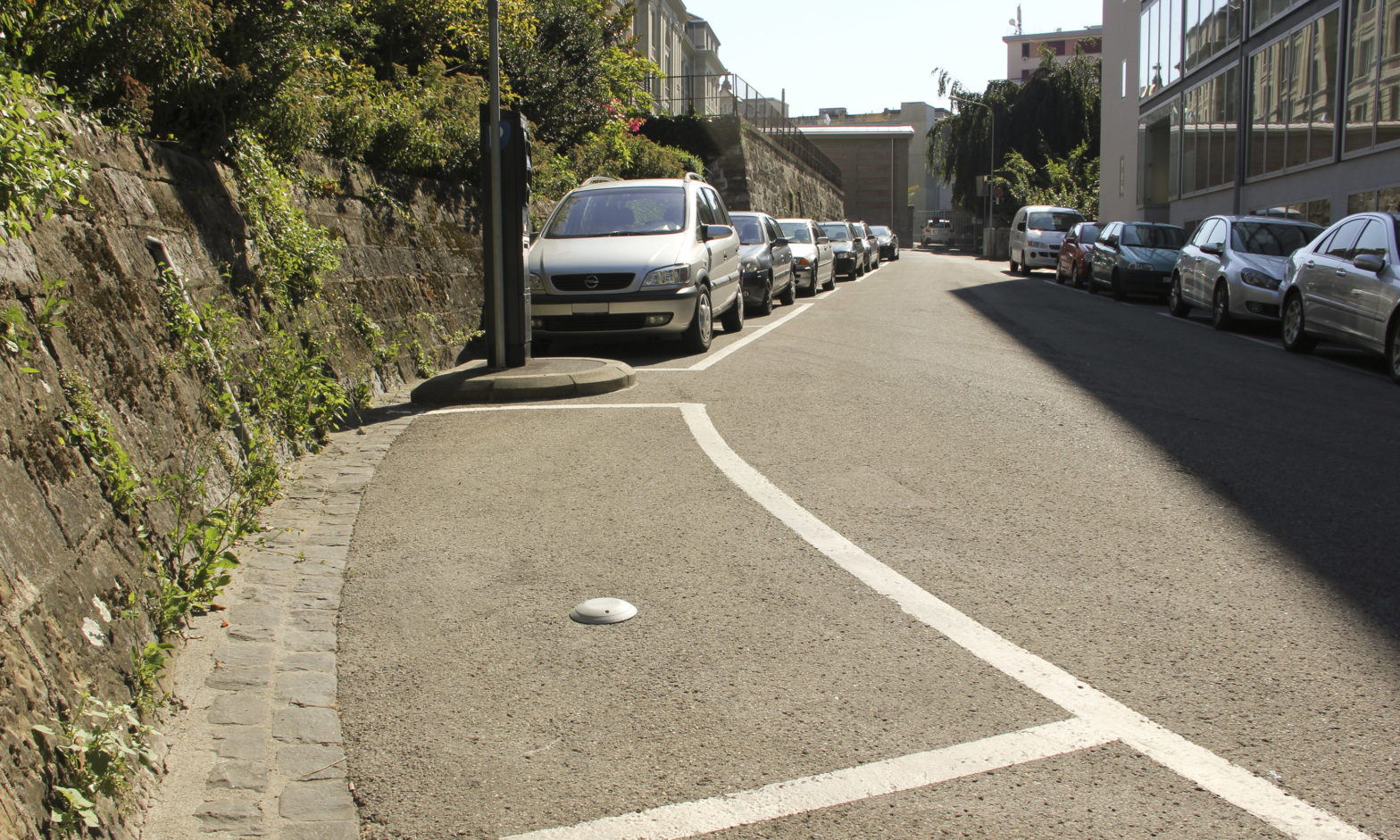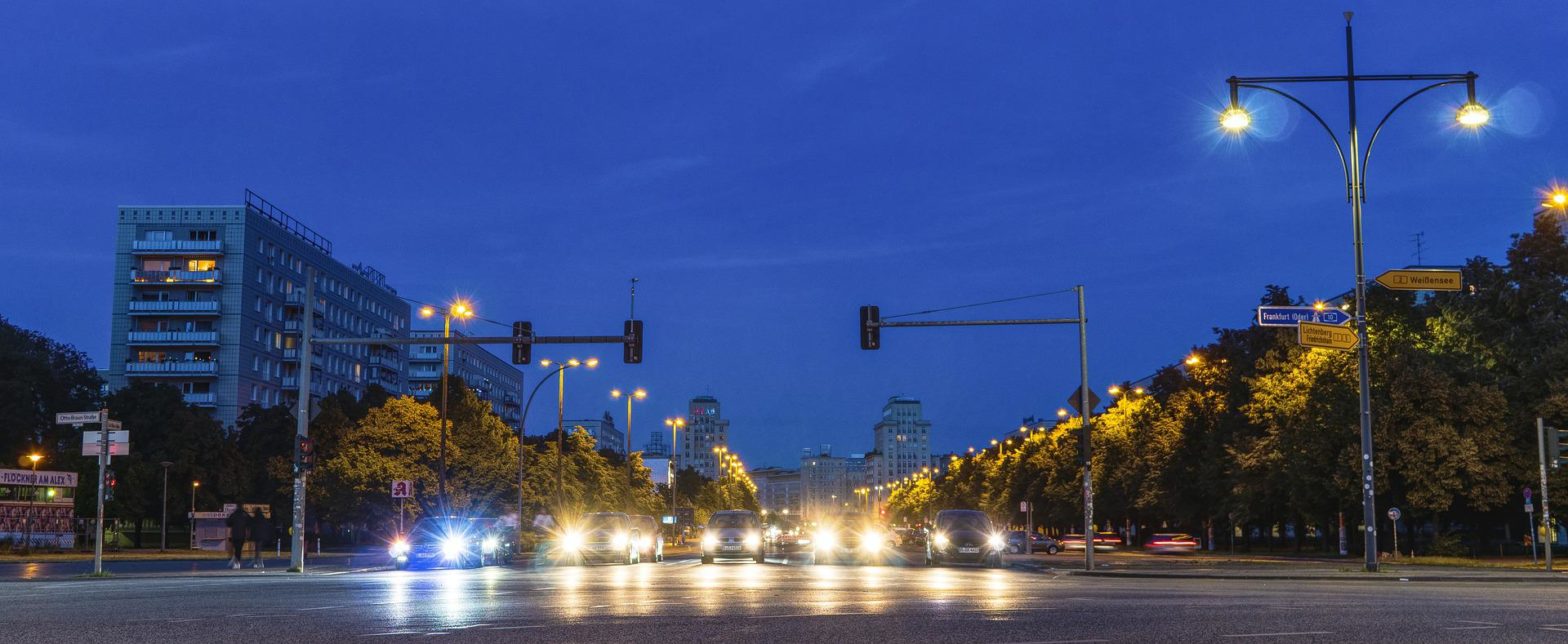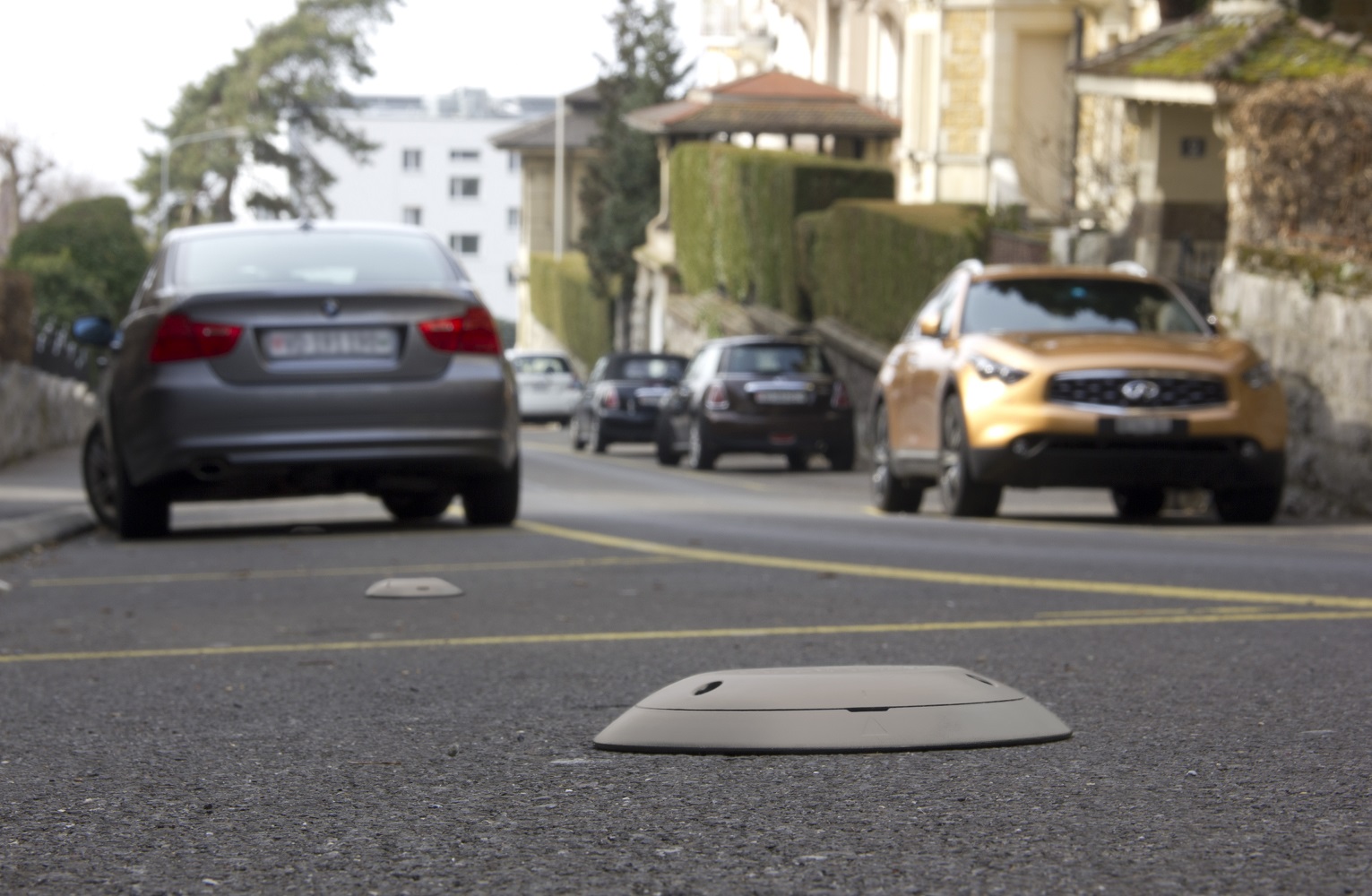
Photo: AdobeStock 430274071
Swiss cities leverage smart lighting to save energy
19 June 2024
Lighting accounts for a significant share of any city’s energy consumption and carbon footprint. According to independent estimates, it represents up to 40 percent of the power usage of a medium-sized municipality, while the US Department of Energy suggests that lighting is responsible for 15 percent of global electricity consumption and 5 percent of worldwide greenhouse gas emissions.
Not surprisingly, lighting is often the first public service that cities scrutinise to save energy and consequently cut carbon emissions, as well as energy bills. By simply upgrading streetlights to LED-based systems, city councils have huge potential savings in the long term, and much more can be achieved if turning existing lighting architectures into smart, sentient networks.
In Switzerland, energy efficiency is a key pillar of the Federal Council’s Energy Strategy, having committed to halve greenhouse gas emissions by 2030. But the public attention to energy saving dates back to the 1990’s, when the first energy programmes were kicked-off. The ‘Energy City’ Association was established in 1991 to support municipalities in their efforts to use power responsibly and adopt sustainable urban policies. Today, over 460 Swiss cities representing about 60 percent of the country’s population are labelled as an ‘Energy City’ for their outstanding results in energy efficiency, climate action, sustainable transportation systems, and environmental responsibility.
Three successful experiences
In Ticino canton, the cities of Bellinzona, Chiasso, and Massagno are all certified ‘Energy Cities’ and stand up for the smart use of technology to achieve ambitious green targets. All three municipalities identified streetlighting as the first public application to be redesigned in order to save energy and reduce carbon emissions, and preferred the Smart Lighting solution by Swiss IoT expert Paradox Engineering to address their needs.
In Bellinzona, the capital of Ticino canton, the energy and environmental policy is entrusted to the public utility Azienda Multiservizi Bellinzona (AMB), which is responsible for the sourcing and distribution of energy and water. The Smart Lighting journey started in 2013 to reduce energy consumption and light pollution, achieve greater cost-savings and offer a greater quality of life to citizens. More than 2,600 smart streetlights are currently connected and managed remotely, and energy demand dropped by 50 percent. Without impacting quality of service, this enabled the city to significantly reduce energy spending and power-related environmental impacts. It is also easier for AMB to quickly detect possible anomalies over the network and promptly act on single lamps when necessary.
2013 set a key milestone for the city of Chiasso too. In that year local utility AGE SA started to install energy-efficient LED streetlights and decided to implement a wireless network to connect and control them remotely. The utility favoured a flexible, interoperable network to allow the integration of additional devices and applications over time. About 2,100 smart devices are connected to the Smart CMS today, including streetlights, traffic surveillance cameras along the ring road, as well as Smart Parking sensors in a popular facility in the town centre. The benefits of the Smart Lighting transition were immediate. Thanks to LED technology and the possibility to calibrate each streetlight remotely, daily energy consumption was reduced by 70 percent in the city centre. As for service quality, the municipality can now ensure every street, crossroad and crossover is properly lighted, using the light intensity which is needed.
Massagno started to pilot smart technologies in 2017, when local utility Azienda Elettrica di Massagno (AEM) developed an intelligent grid to connect smart meters, monitor energy-consuming devices, and enable remote control. Paradox Engineering’s Smart CMS currently connects over 2,200 field devices, including about 60 smart luminaires along the Tesserete‐Canobbio bike trail. This three km long cycle path goes through some woods, so the environmental and wildlife footprint, as well as the safety of people, were carefully considered before upgrading the lighting infrastructure. Today every lamp is interfaced with a motion sensor, so lights are automatically switched on and fully dimmed only when cyclists or pedestrians pass by. Thanks to the Smart Dynamic Lighting application, AEM succeeded in drastically reducing annual operating hours with 86 percent savings in overall power consumption and related costs.
About Paradox Engineering
Established in 2005 and headquartered in Switzerland, Paradox Engineering is the Internet of Things (IoT) Excellence Centre of MinebeaMitsumi Group. The company pioneers technologies to implement highly scalable IoT network solutions, from edge devices to management platforms, to control critical public services such as streetlighting, parking management, municipal waste collection, and environmental monitoring. Thanks to intelligent technology solutions, Paradox Engineering strives to unleash opportunities for people and communities, helping the transition towards more liveable, sustainable, and smarter cities.
For further information, please visit https://www.pdxeng.ch




